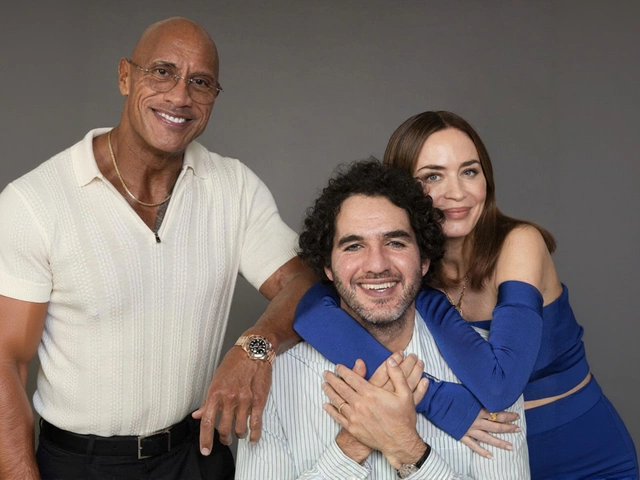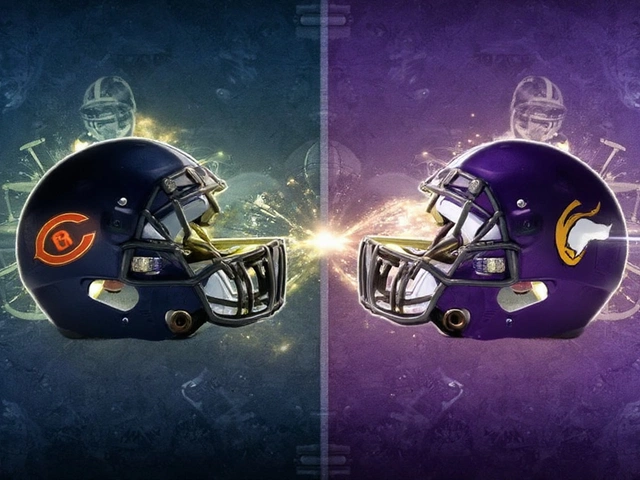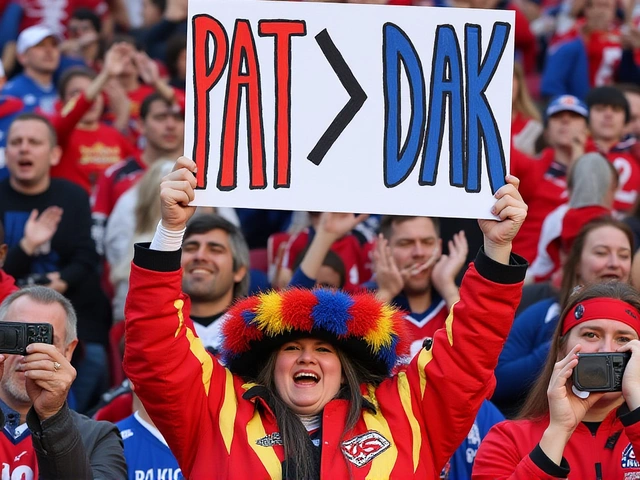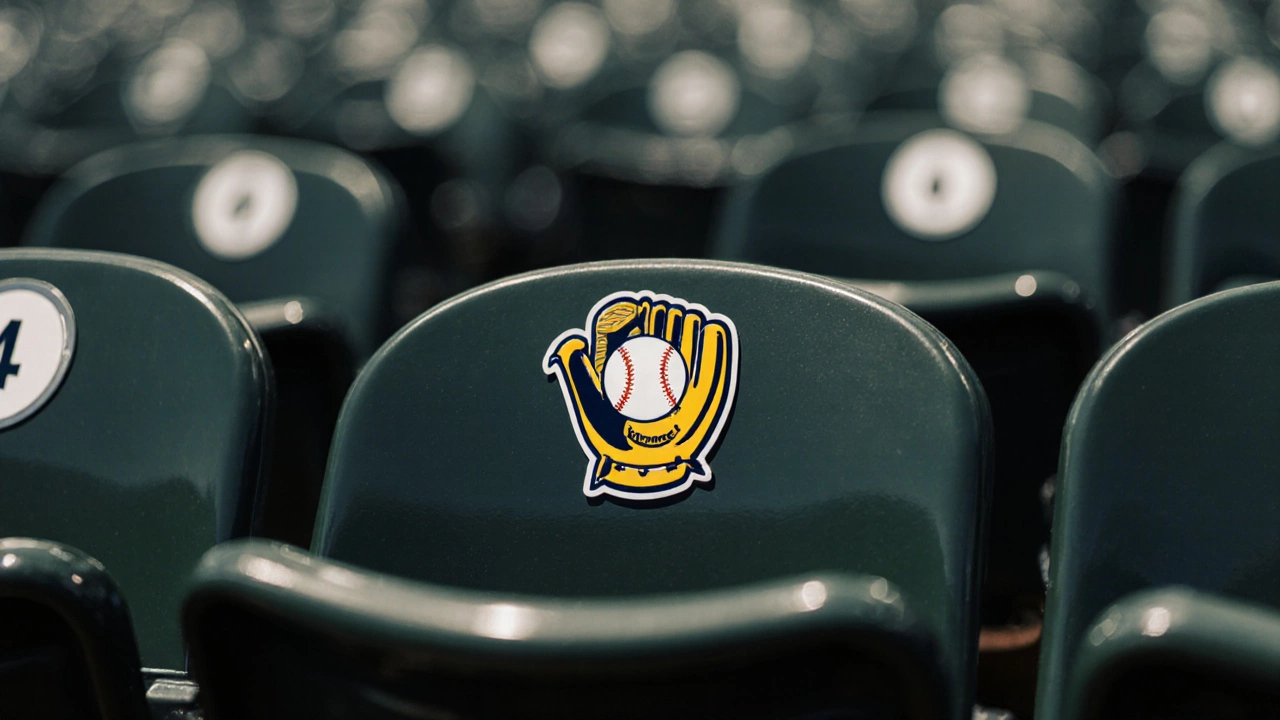
When Jacob Misiorowski, a 23‑year‑old right‑hander for the Milwaukee Brewers stormed the mound in Game 2 of the National League Division Series, the crowd at American Family Field felt the heat instantly. The rookie’s three‑scoreless innings, peppered with a barrage of 100‑plus mph fastballs, helped Milwaukee pull away 7‑3 from the Chicago Cubs and take a 2‑0 series lead. Here’s why this performance matters more than just a win.
Background: From All‑Star Spotlight to Postseason Pressure
Misiorowski’s journey to this moment was anything but linear. After a surprise All‑Star selection in July, the young arm struggled through the latter half of the season, posting a 6.06 ERA after August 1. Yet the Brewers never lost faith. Coach Rob Henderson recalled, “We talked to Jacob in San Diego, and he said, ‘Bring it on.’” Those words became a rallying cry when the roster was set for the postseason.
Game 2 Highlights: Power, Pitching, and a Camera Flash
Entering in the third inning with the game tied 3‑3, Misiorowski inherited a clean slate after Aaron Ashby and Nick Mears completed the opening frames. He didn’t waste a second. Out of 57 pitches, 31 crossed the 100 mph threshold, a dozen screamed past 102 mph, and the fastest clocked in at 104.3 mph. Since pitch‑tracking began in 2008, only three postseason teams have thrown more 102‑mph fastballs across a series.
He recorded four strikeouts, issued two walks, and surrendered just one hit. The lone hard‑hit ball was enough to keep the Cubs from mounting a rally, and after finishing the third inning, Misiorowski sprinted to first base, grabbed a field camera, and let out a celebratory yell that echoed through the stadium.
Pitching Analysis: Velocity Meets Control
- Fastball count: 31 of 57 pitches at or above 100 mph.
- Peak velocity: 104.3 mph, ranking third highest in NLDS history.
- Strikeouts: 4 in 3 innings (12 K/9).
- Walk rate: 2 walks, illustrating a slight dip in command.
While some observers worried about Misiorowski’s recent control issues, his ability to miss bats with sheer speed proved decisive. Pitch‑tracking data showed a 68 % whiff rate on fastballs over 100 mph, a figure that dwarfs the league average of 41 %.
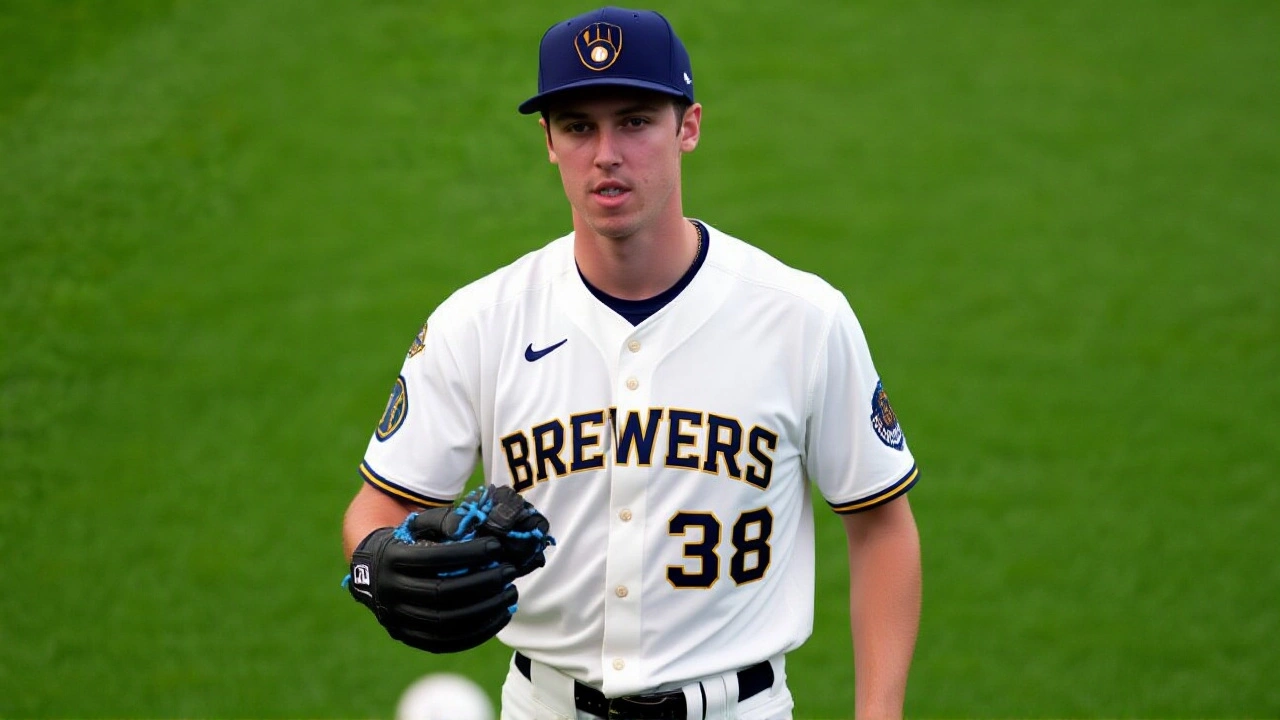
Reactions: Coaches, Teammates, and Fans
“Jacob gave us the spark we needed,” said Craig Counsell, the Brewers’ manager. “Big‑time moments in the playoffs come from players who are willing to roar.” Teammate Andrew Vaughn added, “Seeing him take the ball to first and then celebrate—makes you want to bring that energy every night.”
Fans on social media flooded the team’s page with gifs of the camera‑shouting moment, dubbing it “Misio‑Mouth.” The buzz didn’t stop there—Jackson Chourio and Vaughn each belted three‑run homers, the first duo to do so in Brewers postseason history, while William Contreras chipped in a solo blast.
Future Outlook: Can Milwaukee Close the Deal?
With the series now 2‑0, the Brewers head to Wrigley Field for Game 3 on Wednesday. Historical data is telling: teams that jump to a 2‑0 lead in a best‑of‑five series win 80 of the 90 times, including 54 outright sweeps. That puts Milwaukee squarely in the driver’s seat, but the Cubs still have firepower—Seiya Suzuki’s 440‑foot homer in Game 1 reminds everyone they can explode at any moment.
If the Brewers stick with the aggressive “high‑leverage, high‑risk” philosophy that manager Craig Counsell has championed, Misiorowski could see another appearance out of the bullpen. The hope is that his velocity remains paired with improved command, a combination that could shut down any late‑inning Chicago surge.
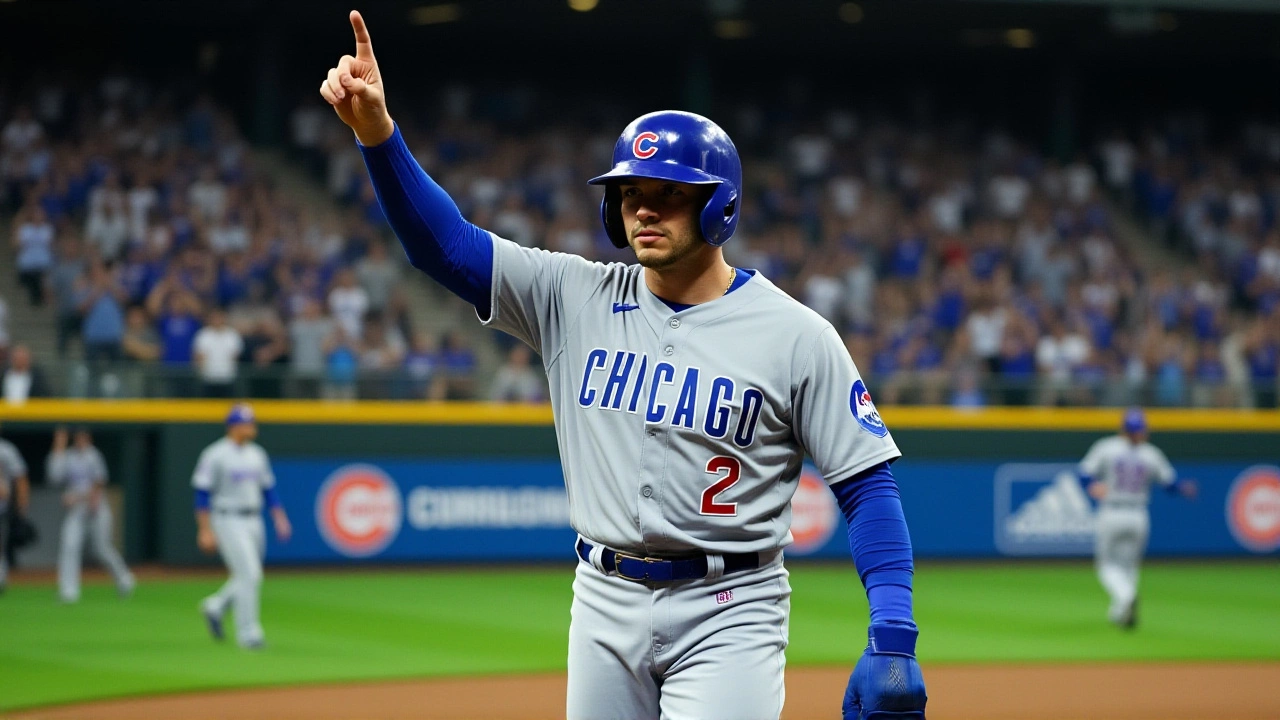
Historical Context: Breaking a Six‑Year Drought
The last time Milwaukee advanced past the NLDS was in 2018, when they fell just short in a Game 7 NLCS loss to the Los Angeles Dodgers. A series win this year would mark the franchise’s first postseason series triumph since that 2018 run, a milestone that has eluded the team despite three division titles in the past five seasons.
For Misiorowski, the stakes are personal too. A strong showing in the playoffs could cement his reputation as a frontline starter, shifting his role from a high‑upside reliever to a bona fide ace. The kid’s already thrown a 104‑plus mph fastball in the big leagues; now he needs to prove he can ride that heat consistently.
Key Facts
- Game 2 NLDS final score: Brewers 7, Cubs 3.
- Jacob Misiorowski’s fastball max: 104.3 mph.
- Brewers hold a 2‑0 series lead; next game at Wrigley Field.
- Jackson Chourio and Andrew Vaughn each hit the first three‑run homers in Brewers postseason history.
- Teams up 2‑0 in a best‑of‑five series win 80% of the time.
Frequently Asked Questions
How does Jacob Misiorowski’s performance affect the Brewers' pitching strategy?
Misiorowski’s ability to generate triple‑digit velocity gives manager Craig Counsell a high‑risk, high‑reward option for late‑innings. If he can tighten command, the Brewers may lean on him regularly in key situations, potentially shifting him from a reliever to a swing‑man role.
What were the key offensive contributions in the Brewers' win?
Jackson Chourio and Andrew Vaughn each launched three‑run homers—the first such pair in franchise postseason history—while William Contreras added a solo shot that broke the tie. Those big blows created a cushion that allowed the bullpen to dominate.
Why is the 2‑0 series lead so significant for Milwaukee?
Historically, teams that jump to a 2‑0 advantage in a best‑of‑five win about 89% of the time and often close the series in a sweep. For the Brewers, it puts them one win away from their first postseason series victory since 2018.
What challenges could the Cubs present in Game 3?
Chicago still boasts power hitters like Seiya Suzuki, who demonstrated his ability to launch a 440‑foot home run. If the Cubs can capitalize on small ball opportunities and tighten their pitching, they could force a shift in momentum.
How does Misiorowski’s fastball speed compare to historic postseason performances?
Only three postseason teams have thrown more 102‑plus mph fastballs since 2008. Misiorowski’s 104.3 mph pitch ranks among the top three single‑game velocity displays, putting him in elite, though brief, company.


